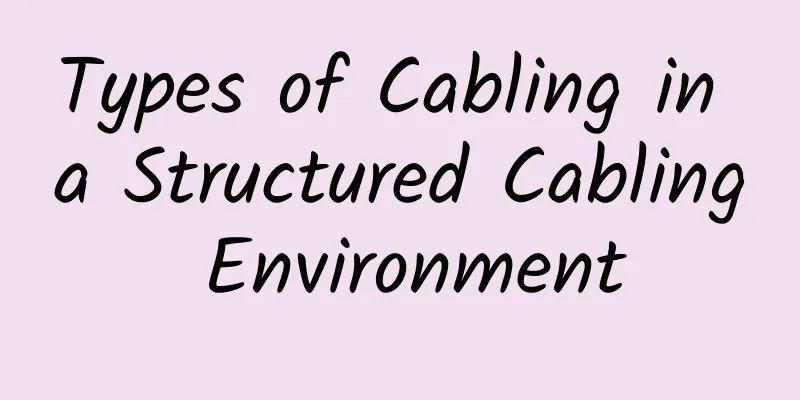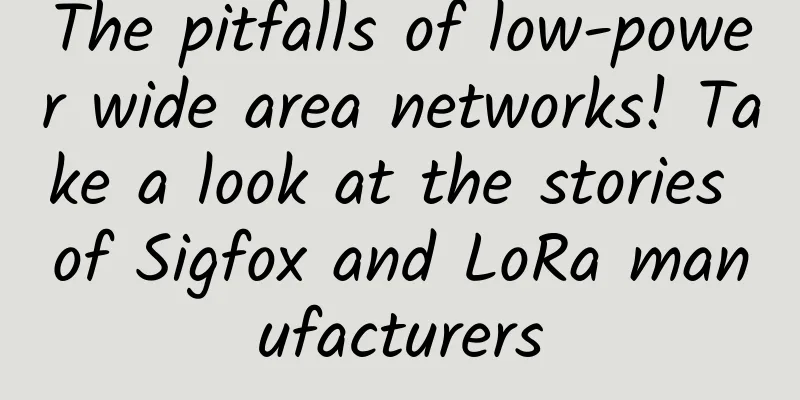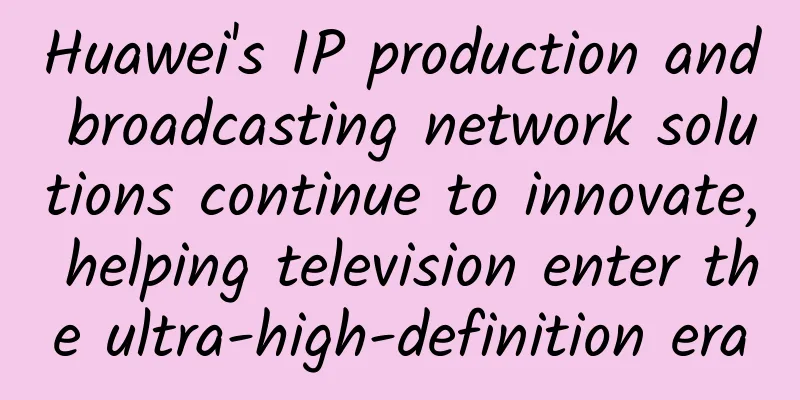Types of Cabling in a Structured Cabling Environment

|
If you are considering a structured cabling environment, or perhaps already use a variety of different types of cabling, this article will explore the most common types of cabling used in a structured cabling environment. Fiber Optic CablingFiber optic cabling has been around for a long time but has recently become more popular due to its ability to transmit data faster than other types of cabling. Since fiber optic cables use no metal wires or connectors, they are well suited for both indoor and outdoor environments. Fiber optic cabling is also generally more expensive than other types of cabling, but the enhanced performance makes up for the added cost. Advantages of fiber optic cabling:
Disadvantages of fiber optic cabling:
Twisted Pair CablingIn most Ethernet networks, twisted pair cabling is used. The insulation or outer sheath of the cabling consists of four pairs of thin metal wires or conductors. Each pair is twisted into several additional twists. These twists help prevent signal interference from other devices and, more importantly, from neighboring cables. Twisted pair cabling is a good choice for businesses that need to run cabling over long distances. Although twisted pair cabling is best suited for indoor environments, it is also often seen in certain outdoor applications. Examples of commonly used twisted pair cables include Cat3, Cat5, and Cat6. Advantages of twisted pair cabling:
Disadvantages of twisted pair wiring:
Other Types of Cabling in a Structured Cabling Environment There are various other types of cabling in a structured cabling environment. In addition to twisted pair and fiber optic cables, businesses often use coaxial cables or telephone lines. Coaxial CableCoaxial cable, sometimes called "coax," is a type of cable in which an insulating layer surrounds an inner conductor and then a conductive shield. Many also include an insulating jacket. The electrical signal passes through the center conductor. Coaxial cable can transmit data much faster than phone lines, so it may be a good choice if there is an application that requires higher speeds. Advantages of coaxial cable:
Disadvantages of coaxial cable:
Telephone line In some cases, a business may need copper phone lines instead of coaxial or fiber optic cabling. This usually happens when a business only has a few devices that need to be connected to the network.
Disadvantages of telephone lines:
Choosing structured cabling solutions for your business The type of cabling used in a structured cabling environment depends on the needs and size of the business. |
<<: What are the six components of structured cabling?
>>: Why bridging 5G and Wi-Fi is key to a connected future
Recommend
5G scenarios and technologies bring new security threats
The virtualization characteristics of 5G networks...
Huawei launches Intelligent Body and works with partners to build full-scenario intelligence
[Shanghai, China, September 24, 2020] During HUAW...
Highlights | Speech content of the 39th GTI seminar (2/2)
Previous: Highlights | Contents of the 39th GTI S...
What are LPWAN technologies?
As the Internet of Things (IoT) continues to grow...
How to implement online documents for multi-person collaboration
Due to business needs, I came into contact with o...
Cisco unveils future networks that can self-learn, self-adjust and self-evolve
Cisco's next-generation network can continuou...
Some Europeans are extremely resistant to 5G, which will only accelerate their elimination
It is globally recognized that 5G is the trend of...
The 4th National Industrial Control System Information Security Attack and Defense Competition of Zhuoshi Network Security Cup was successfully concluded
The "Zhuoshi Network Security Cup National F...
Borei Data joins hands with Volcano Engine to build a new cloud and a new future
Recently, Volcano Engine officially released a fu...
Industry Observation | Impact of 5G on the Environment
Investigating the technical, environmental and so...
VULTR adds its 30th data center in the world: Osaka, Japan
It has been more than half a year since I last sh...
Digital transformation accelerates the arrival of the 6G era
World Telecommunication and Information Society D...
This picture explains the principle of 5G
5G is getting closer and closer to us. On the 18t...
Organizations should better understand and leverage data center infrastructure management (DCIM)
Today, the application of data center infrastruct...
2G/3G network withdrawal and user migration to 4G
Recently, Strategy Analytics analyzed the current...









